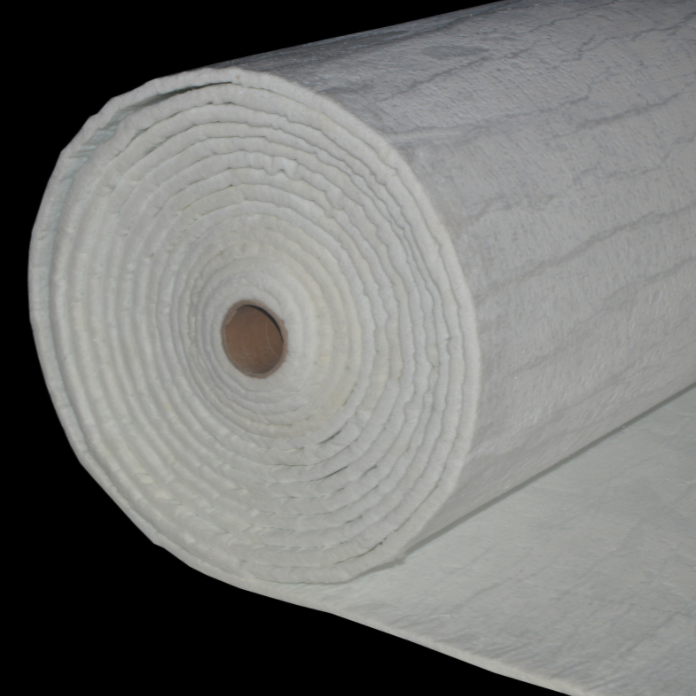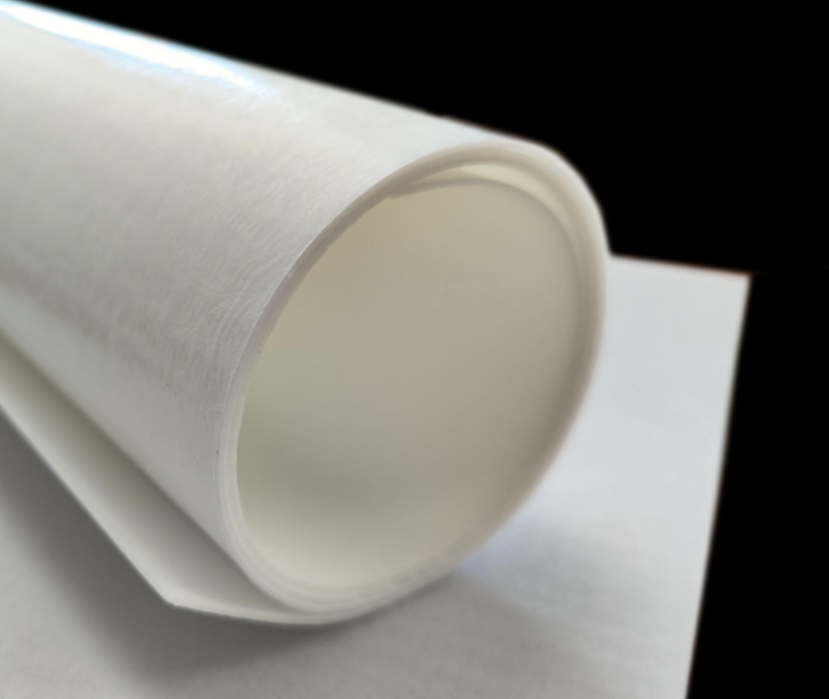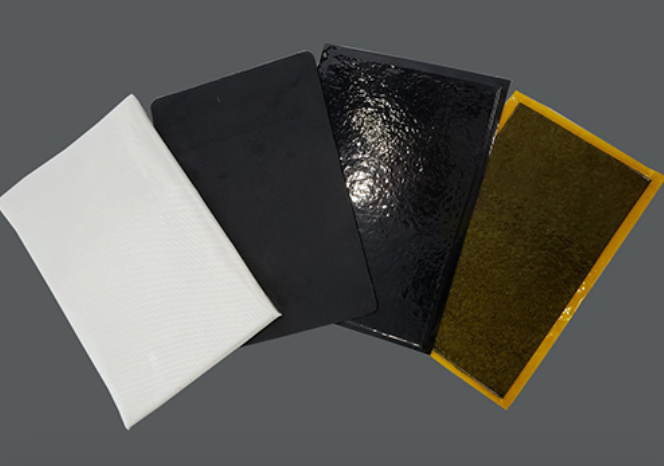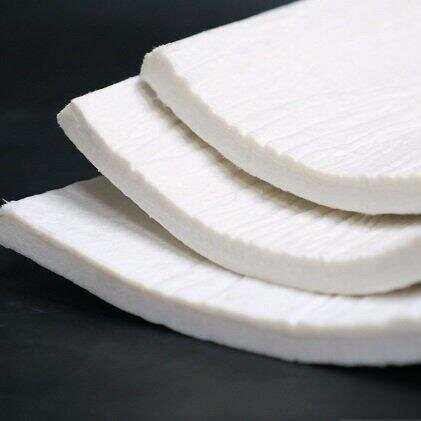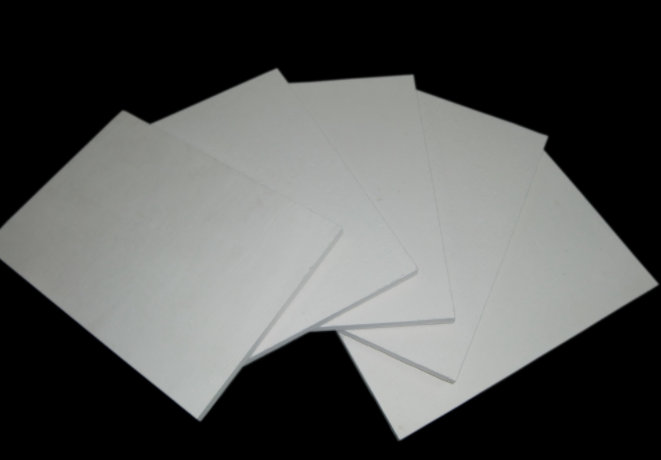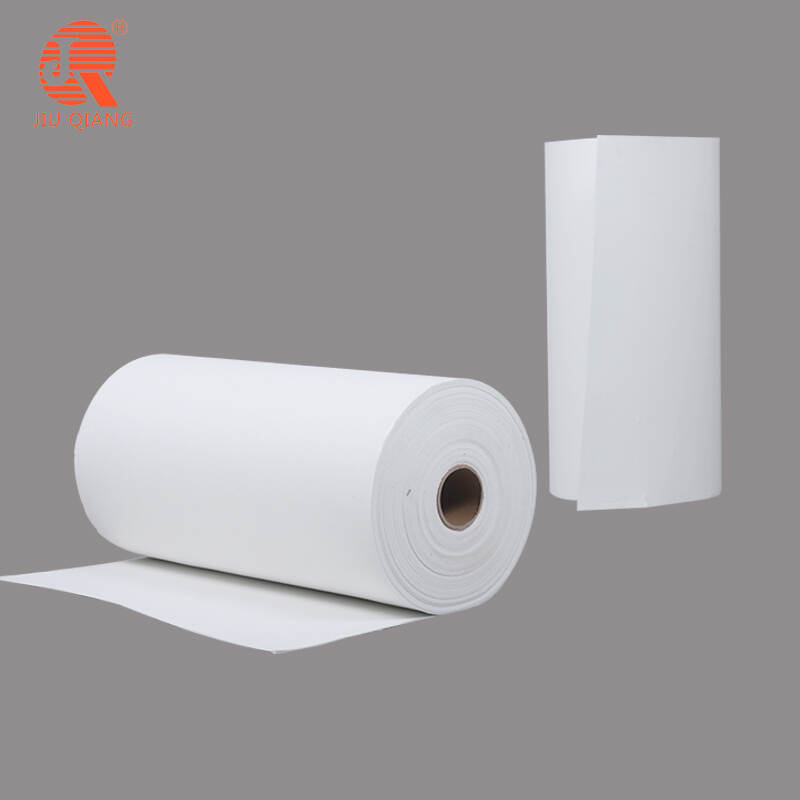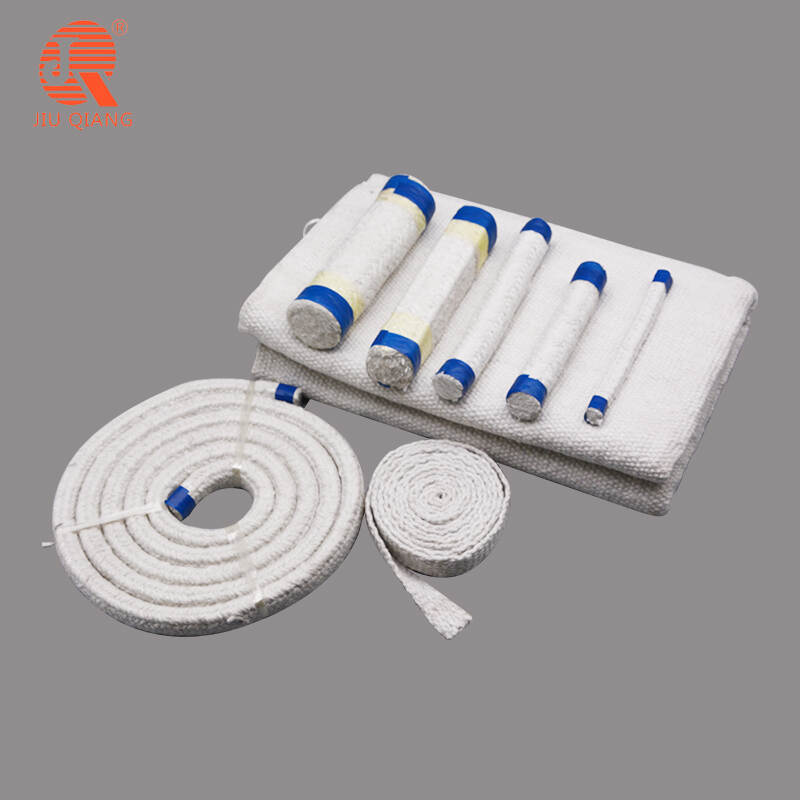Email format error
Email cannot be empty
Email already exists
6-20 characters(letters plus numbers only)
The password is inconsistent
Email format error
Email cannot be empty
Email does not exist
6-20 characters(letters plus numbers only)
The password is inconsistent

- Home |
- All Category |
- AEROGEL PRODUCT |
- Aerogel Felt
Aerogel Felt
Aerogel felt is a high-performance insulation material made by combining silica aerogel with fibers like glass, ceramic, and mullite through a supercritical drying process. It offers extremely low thermal conductivity, high-temperature resistance, Class A fire rating, long service life (20–30 years), and 98% hydrophobicity. Environmentally friendly and reusable, it is ideal for thermal, acoustic, mechanical, chemical, and electrical applications.
Technical Data
|
Property |
Glass Fiber Aerogel Felt |
Ceramic Fiber Aerogel Felt |
Test Standard |
|
Thickness |
3/5/6/10mm |
1-10mm (customizable) |
- |
|
Width |
1500 (-3,+15)mm (customizable) |
1500±20mm (customizable) |
- |
|
Color |
Meets CMYKO |
Meets CMYKO-10 |
- |
|
Max. Temperature |
600°C |
650°C |
- |
|
Density |
190±20 kg/m³ |
260±20 kg/m³ |
GB/T 10295-2008 |
|
Thermal Conductivity (W/m·K) |
GB/T 10294-2008 |
||
|
- At 25°C |
≤0.020 |
≤0.023 |
|
|
- At 200°C |
≤0.027 |
≤0.030 |
|
|
- At 300°C |
≤0.035 |
≤0.040 |
|
|
- At 500°C |
≤0.080 |
≤0.072 |
|
|
Burning behavior class |
A1 |
A1 |
GB/T 8624-2012 |
|
VO |
VO |
UL 94-2013 |
|
|
Hydrophobicity |
≥98% |
≥98% |
GB/T 10299-2011 |
|
Asbestos Content |
Non-asbestos |
Non-asbestos |
ISO 22262-1 |
|
RoHS Compliance |
Complies with EU RoHS Directive |
EU 2011/65/EU & (EU) 2015/863 |
|
|
REACH Compliance |
211 species of high concern tances SVHC test results subs acuities were less than 0.1% (w/w) |
EU 1907/2006 |
|
|
ELV Compliance |
Complies with the requirement of automotive prohibited substance |
GB/T 30512-2014 |
|
|
Tensile Strength |
800 kPa |
- |
GB/T 30512-2014 |
|
Compression Properties |
10%, 20kPa |
- |
GB/T 13480-2014 |
|
25%, 120kPa |
|||
|
Burn-through Resistance |
- |
>60min (2mm thickness) |
Butane flame test |
|
Heat Insulation Temp. |
- |
2mm: Min>390°C |
- |
|
3mm: Min>450°C |
|||
Notes: All data is for reference only; maximum temperature depends on working conditions
What is aerogel?
Aerogel is a general term for a class of nanoporous materials. Its framework is a three - dimensional network structure composed of nanoparticles, and the framework structure is filled with a gaseous dispersion medium. Its special nanoporous structure endows it with unique thermal, optical and electrical properties. The most commonly used one is silica aerogel.

Production Process
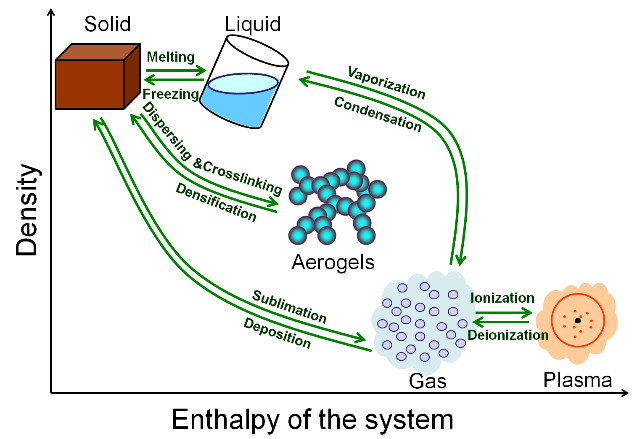
What Is Aerogel Felt?
The aerogel thermal insulation felt is composed of silica aerogel, combined with fibers such as glass fibers, ceramic fibers, and mullite fibers, through a supercritical drying process. It has the dual advantages of low thermal conductivity and high - temperature resistance.

Key Features
Ultra-Low Thermal Conductivity
One of the lowest thermal conductivities among solid insulation materials, reducing heat loss with significantly thinner layers—ideal for space-constrained applications.
Class A Fireproof Material
Fully complies with GB8624–2012 Class A non-combustibility standards, offering maximum fire safety for building and industrial environments.
Long Service Life (20–30 Years)
The stable nanoporous structure resists compression, aging, and deformation. Its inorganic composition guarantees a service life aligned with the equipment or piping it insulates.
High Hydrophobicity (Up to 98%)
Prevents moisture absorption and water ingress, effectively reducing the risk of corrosion under insulation (CUI) and maintaining thermal performance in humid conditions.
Eco-Friendly and Safe
Free from asbestos, benzene, formaldehyde, and other hazardous substances. Fully recyclable, minimizing environmental impact and industrial waste concerns.
High Compression Resilience
Despite its low density, the felt maintains mechanical integrity under pressure, making it easy to handle, transport, and install without damage.
Applications
Aerogel felt is a multifunctional insulation material with cross-industry applications, including:
Mechanical Engineering Field
Provides thermal and acoustic insulation in high-performance machinery and precision components.
Thermal Management Systems
Applied in pipelines, storage tanks, furnaces, and high-temperature processing systems across petrochemical, power, and industrial sectors.
Acoustic Insulation
The nanoporous structure also delivers excellent sound absorption, making it suitable for noise reduction in sensitive environments.
Electrical and Electronics Industry
Used as dielectric thermal protection in high-voltage equipment and electronic devices requiring compact and efficient heat barriers.
Optics and Photonics
Provides thermal and vibration insulation for delicate optical systems, sensors, and lasers.
Chemical and Biological Systems
Maintains environmental stability in chemical plants and laboratories, where temperature-sensitive processes require precise control.
Environmental and Sustainable Applications
Ideal for green buildings and energy-efficient systems, helping reduce operational energy costs and environmental impact.


